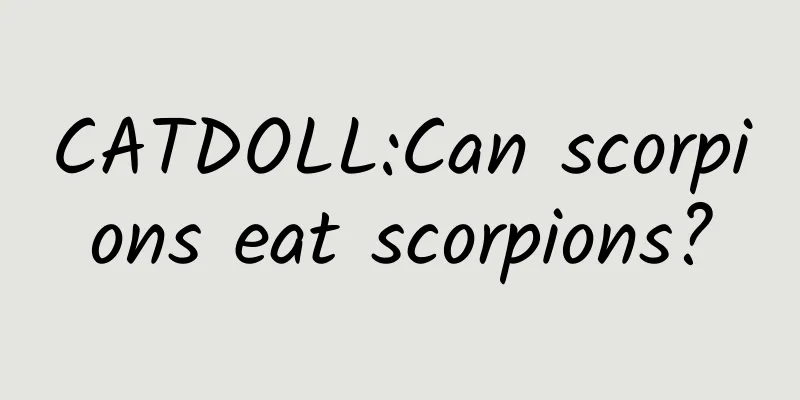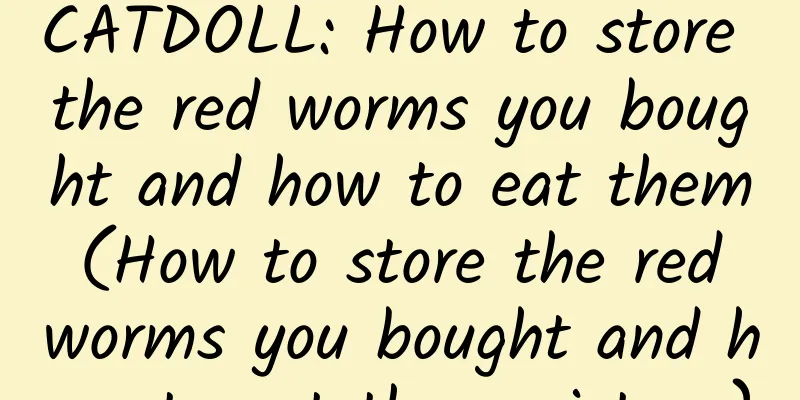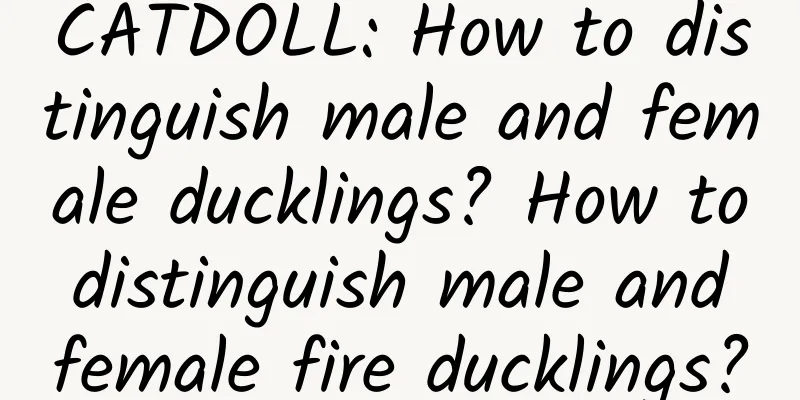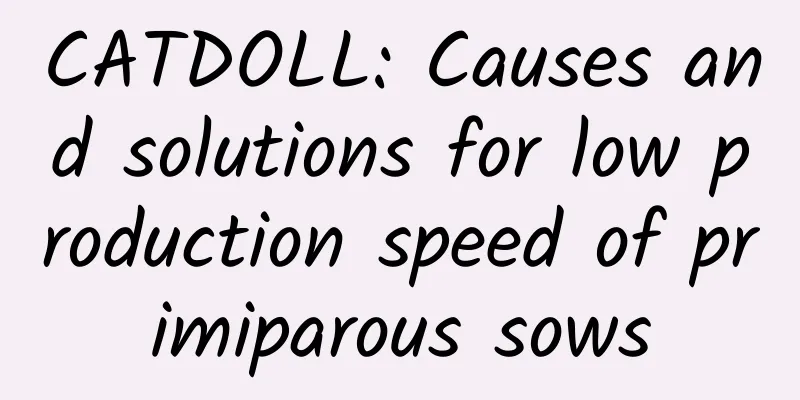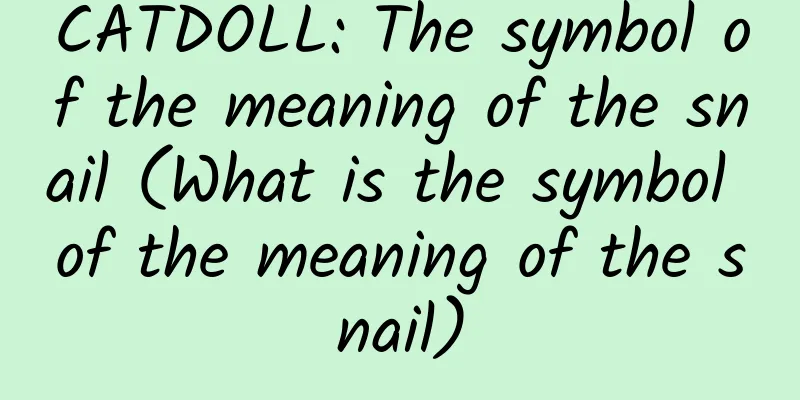CATDOLL : CATDOLL: How to resolve bee fights?
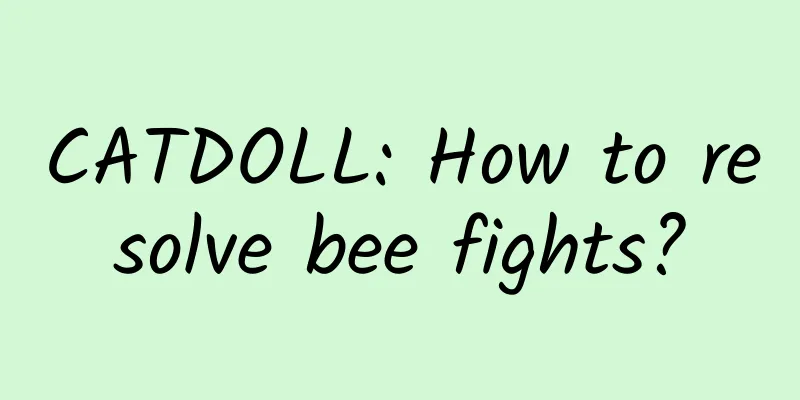
|
Bees fight because of a shortage of nectar. It is recommended to change the feeding time to the evening and feed them after most of the bees have returned to the hive. Daily management of bee colonies 1. Bee colony inspection: Through the inspection of the bee colony, we can grasp the changes of the bee colony so that we can take timely measures and make adjustments to create favorable living conditions for the bees. The inspection methods are divided into unpacking inspection and observation outside the box. When unpacking the bee colony, in order to avoid bee stings, you should wear light-colored clothes and wear a mask. People should face away from the sun. When starting the auxiliary box cover, first pry it gently with a scraper, and then push the auxiliary cover with your fingers to separate it from the propolis adhered to the box mouth. Turn over the auxiliary cover and lay it flat in front of the beehive. One end is placed on the nest door board to facilitate the bees on the auxiliary cover to climb back into the nest. Use a scraper to gently move the partition and the nest frame to separate the frame ears from the grooves of the box body. Use the thumbs and index fingers of both hands to pinch the frame ears at both ends, and carefully lift the honeycomb vertically. Note that the honeycombs cannot rub against each other to avoid scratching the queen bee or irritating the bees. There are two ways to inspect the honeycomb. ① Lift the comb to the height of your eyes, look at the side you are facing first, then flip it over with the beam on the comb as the axis to look at the other side. Note that when flipping, the comb should always be kept vertical to the ground to prevent nectar and pollen from falling out of the cells. ② First look at the side facing the line of sight, then lower the honeycomb, tilt the upper part of the honeycomb 45 degrees towards the line of sight, and look at the other side. ③ When checking the honeycomb, you must do it from above the hive, especially for a double queen colony. It is best to observe from above the side of the honeycomb to prevent the queen from falling and causing losses. Because the bees are crowded and it is not conducive to observation, you can use your wrist to quickly shake the honeycomb up and down a few times when it is halfway out of the hive, and use inertia to shake off the bees. If there are many remaining bees on the honeycomb, you can use a soft bee broom to gently brush them away. 2. Contents to be checked ① Check whether the queen bee exists: Take out the honeycomb from the center of the bee colony. If you can't see the queen bee and the eggs, the bees will crawl around and make a sound like flapping wings. This is a sign that the bee colony has lost its queen. If there are many eggs in the nest, and most of them are laid on the wall of the nest, it is very messy, which means that the queen has been lost for a long time and the worker bees have begun to lay eggs. Check it two or three times to confirm that there is no queen bee, and then put in a new queen. Otherwise, once two queen bees meet, both will suffer losses, causing losses to farmers. ② Check the queen bee's egg-laying situation: Open the box cover, the bees work in an orderly manner, and eggs can be seen on the combs, indicating that the queen bee is laying eggs. In a single-queen bee colony, the ratio of eggs, larvae, and capped combs should be 1:2:4. That is: one egg comb, 2 worm combs, 4 capped combs, and 1 to 2 frames of honey and pollen combs. If the egg-laying area on the brood comb is large, it indicates that the queen bee is laying eggs vigorously and the colony is normal. If the queen bee's chest and abdomen are small, the color becomes darker, it is lame, and it is missing wings, it indicates that this is a low-quality queen bee. If there are no eggs on the comb, but there are natural queen cells, the bees are slacking, indicating that they will be swarming. If the brood comb area is small, the colony develops slower than other colonies, indicating that the queen bee has poor egg-laying ability or egg-laying is at a low ebb. ③The relationship between bees and honeycombs: When you open the sub-cover, if you find that the sub-cover, the outside of the partitions, and the side combs are full of bees, it means that there are more bees than honeycombs and you need to add more honeycombs. If there are few bees on the honeycombs and no bees on the partitions, it means that there are more honeycombs than bees. If there are many bees on the partitions and few bees on the honeycombs, it means that the temperature in the hive is high and the humidity is low, and the bees have left the honeycombs. ④ Check the honey storage in the box: When you open the nest cover, you can smell the fragrance of honey and see the elevated white beeswax honey cell cover on the top of each honeycomb. If you lift the side honeycomb and feel it is heavy, it means there is enough honey in the box. If the bees are uneasy or panic after opening the box, and the honeycomb feels light and some bees fall, it means there is a lack of honey in the box. There is no disease, but the bees on the brood comb are not neat, which means there was a lack of honey. If the brood comb has abandoned the bees, it means there is a serious lack of honey. 3. Install the honeycomb back to its original position: After the honeycomb inspection is completed, it must be installed back to its original position. When installing it back, pay attention to the bee path should be kept at 8-9 mm. Insert the partition, gently shake the sub-cover up and down, and urge the bees to leave the box edge. Finally, close the box cover. Unpacking and inspection are generally done once every 10-15 days. It is best to do it at noon in early spring, and at 10 am and 4 pm in summer. What should I do if bees fight each other? What should I do if bees from a strong colony run into a beehive of a weak colony to grab sugar? Is there any experienced friend who can give me some advice? Thank you! Bees fight because of a shortage of nectar. It is recommended to change the feeding time to the evening of spring, and feed the bees after most of them have returned to the nest. Daily management of bee colonies 1. Bee colony inspection: Through the inspection of the bee colony, we can grasp the changes of the bee colony so that we can take timely measures and make adjustments to create favorable living conditions for the bees. The inspection methods are divided into unpacking inspection and observation outside the box. When unpacking the bee colony, in order to avoid bee stings, you should wear light-colored clothes and wear a mask. People should face away from the sun. When starting the auxiliary box cover, first pry it gently with a scraper, and then push the auxiliary cover with your fingers to separate it from the propolis adhered to the box mouth. Turn over the auxiliary cover and lay it flat in front of the beehive. One end is placed on the nest door board to facilitate the bees on the auxiliary cover to climb back into the nest. Use a scraper to gently move the partition and the nest frame to separate the frame ears from the grooves of the box body. Use the thumbs and index fingers of both hands to pinch the frame ears at both ends, and carefully lift the honeycomb vertically. Note that the honeycombs cannot rub against each other to avoid scratching the queen bee or angering the bees. There are two ways to inspect the honeycomb. ① Lift the comb to the height of your eyes, look at the side you are facing first, then flip it over with the beam on the comb as the axis to look at the other side. Note that when flipping, the comb should always be kept vertical to the ground to prevent nectar and pollen from falling out of the cells. ② First look at the side facing the line of sight, then lower the honeycomb, tilt the upper part of the honeycomb 45 degrees towards the line of sight, and look at the other side. ③ When checking the honeycomb, it must be done from above the beehive, especially for double queen colonies. It is best to observe from above the side of the honeycomb to prevent the queen from falling and causing losses. Because the bees are crowded and it is not conducive to observation, you can use your wrist to quickly shake the honeycomb up and down a few times when it is halfway out of the hive, and use inertia to shake off the bees. If there are many bees left on the honeycomb, you can use a soft bee broom to gently brush them away. 2. Contents to be checked ① Check whether the queen bee exists: Take out the honeycomb from the center of the bee colony. If you can't see the queen bee and the eggs, the bees will crawl around and make a sound like flapping wings. This is a sign that the bee colony has lost its queen. If there are many eggs in the nest, and most of them are laid on the wall of the nest, it is very messy, which means that the queen has been lost for a long time and the worker bees have begun to lay eggs. Check it two or three times to confirm that there is no queen bee, and then put in a new queen. Otherwise, once two queen bees meet, both will suffer losses, causing losses to farmers. ② Check the queen bee's egg-laying situation: Open the box cover, the bees work in an orderly manner, and eggs can be seen on the combs, indicating that the queen bee is laying eggs. In a single-queen bee colony, the ratio of eggs, larvae, and capped combs should be 1:2:4. That is: one egg comb, 2 worm combs, 4 capped combs, and 1 to 2 frames of honey and pollen combs. If the egg-laying area on the brood comb is large, it indicates that the queen bee is laying eggs vigorously and the colony is normal. If the queen bee's chest and abdomen are small, the color becomes darker, it is lame, and it is missing wings, it indicates that this is a low-quality queen bee. If there are no eggs on the comb, but there are natural queen cells, the bees are slacking, indicating that they will be swarming. If the brood comb area is small, the colony develops slower than other colonies, indicating that the queen bee has poor egg-laying ability or egg-laying is at a low ebb. ③The relationship between bees and honeycombs: When you open the sub-cover, if you find that the sub-cover, the outside of the partitions, and the side combs are full of bees, it means that there are more bees than honeycombs and you need to add more honeycombs. If there are few bees on the honeycombs and no bees on the partitions, it means that there are more honeycombs than bees. If there are many bees on the partitions and few bees on the honeycombs, it means that the temperature in the hive is high and the humidity is low, and the bees have left the honeycombs. ④ Check the honey storage in the box: When you open the nest cover, you can smell the fragrance of honey and see the elevated white beeswax honey cell cover on the top of each honeycomb. Lift the side honeycomb and feel heavy. This indicates that there is enough honey in the box. If the bees are uneasy or panic after opening the box, the honeycomb feels light and some bees fall, it means that there is a lack of honey in the box. There is no disease, but the bees on the brood comb are not neat, indicating that there was a lack of honey. If the brood comb has abandoned the bees, it indicates that there is a serious lack of honey. 3. Install the honeycomb back to its original position: After the honeycomb inspection is completed, it must be installed back to its original position. When installing it back, pay attention to the bee path should be kept at 8-9 mm. Insert the partition, gently shake the sub-cover up and down, and urge the bees to leave the box edge. Finally, close the box cover. Unpacking and inspection are generally done once every 10-15 days. It is best to do it at noon in early spring, and at 10 am and 4 pm in summer. |
>>: CATDOLL: What are the living habits of earthworms? (If you know, please let me know. Thanks!)
Recommend
CATDOLL: Can you get rich by raising snails?
1. Can you get rich by raising snails? You can ge...
CATDOLL: Key points and techniques of mandarin fish breeding, is mandarin fish a marine fish or a freshwater fish?
1. Key points and techniques of mandarin fish bre...
CATDOLL: What are the benefits and benefits of raising bees? (What are the benefits and benefits of raising bees?)
1. What are the benefits of bees to humans? Answe...
CATDOLL: How much can black carp grow in a year? How to breed black carp
How much can black carp grow in a year? How to br...
CATDOLL: Can river carp, common carp and silver carp be raised together in the same pond?
These three types of fish can be raised in one po...
CATDOLL: What is the knowledge about razor clams?
Razor clams belong to the class Bivalvia of the p...
Can Cats Eat Peanuts?
Cats can eat peanuts. Peanuts contain protein, vit...
Teach you how to DIY baby safety fence
Choosing the right material To make your own fenc...
CATDOLL: Can hairtail fish be raised artificially?
Can hairtail fish be raised artificially? Hairtai...
CATDOLL: Detailed explanation of sow farrowing rate and its calculation method
Sow farrowing rate is one of the important indica...
CATDOLL: Can flies be fed to birds? Why? (Can flies be fed to birds? Why not?)
1. Is it okay to feed little sparrows only with f...
CATDOLL: What equipment do you need to raise abalone in a fish tank?
1. What equipment is needed to raise abalone in a...
CATDOLL: Golden cicada planting season (Golden cicada planting season table)
1. When is the best season to transplant golden c...
CATDOLL: Comprehensive analysis of the feed addition method of distiller's grains
Understanding distillers grains Wine lees are byp...
CATDOLL: On the mud walls in the countryside, there are many bees building nests there, digging holes one after another. What kind of bees are these?
1. On the mud walls in the countryside, there are...
